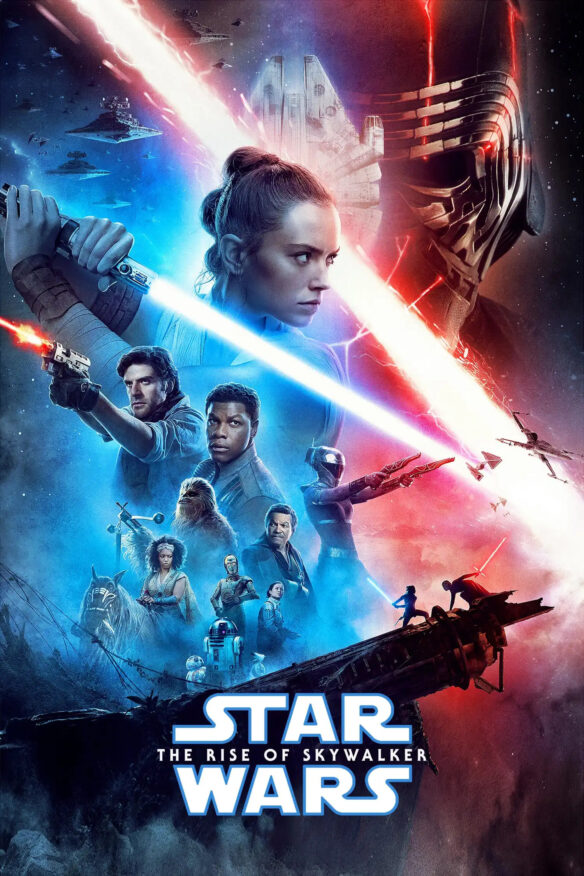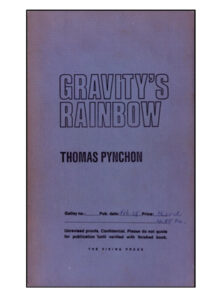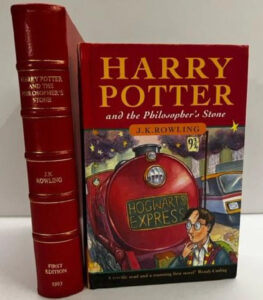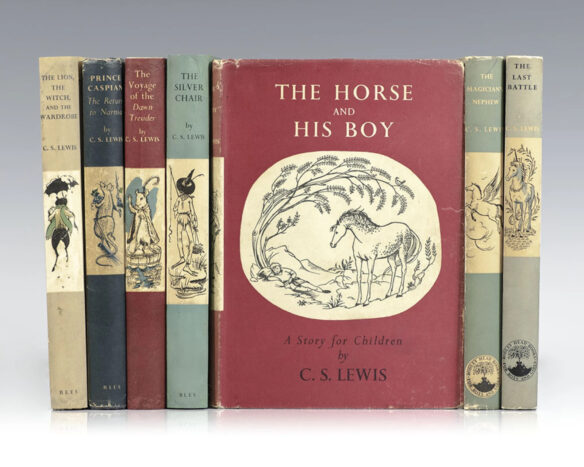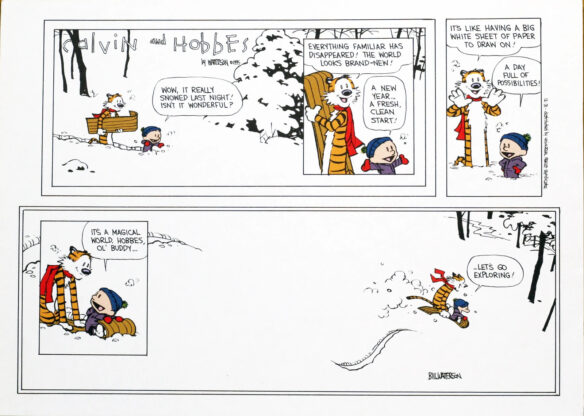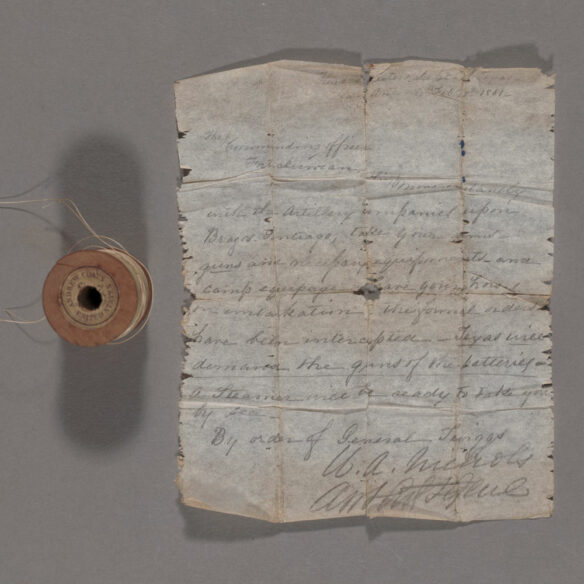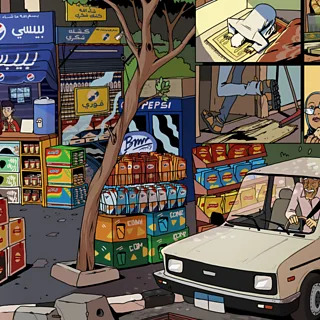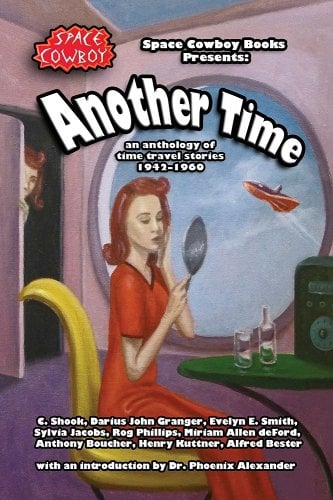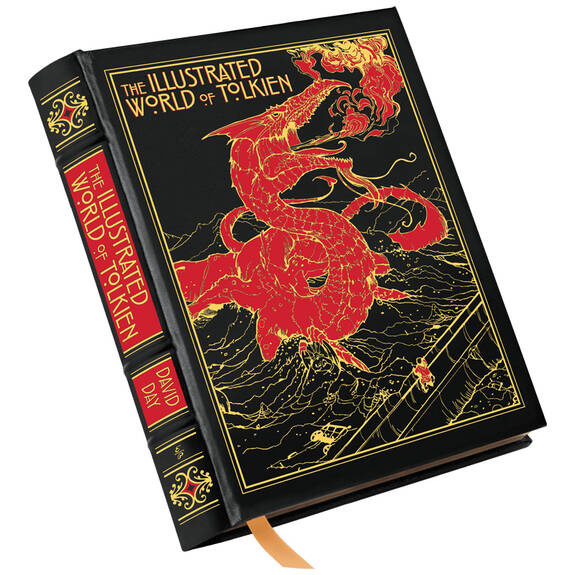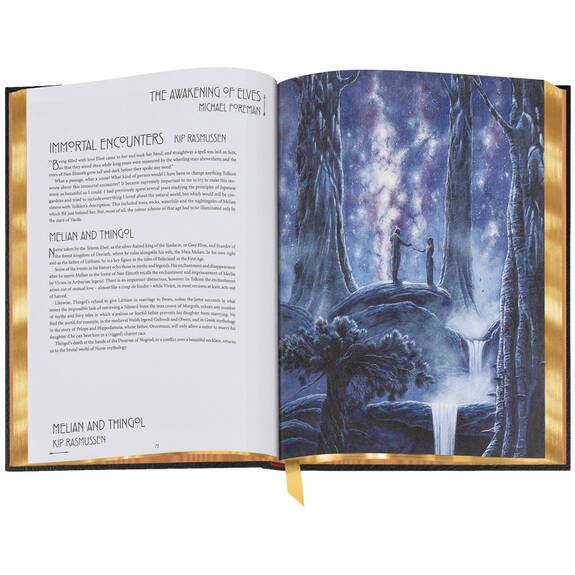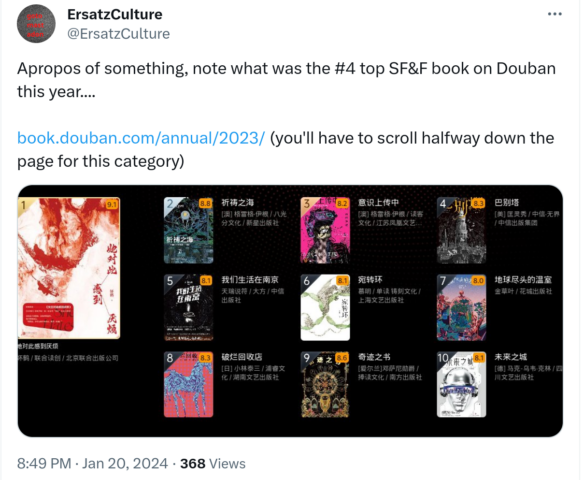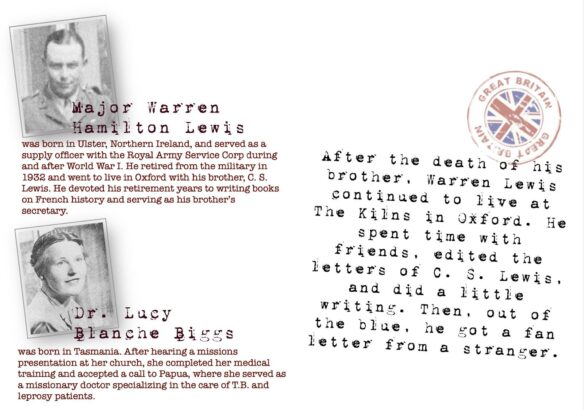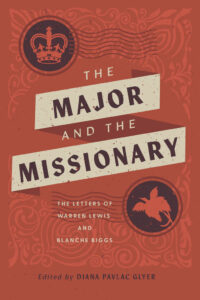(1) CHINESE FANZINE ZERO GRAVITY NEWS PUBLISHES THREE ISSUES. [Item by Ersatz Culture.] Three issues of the Hugo Award-winning fanzine Zero Gravity News have just been published, featuring articles about their personal experiences from a number of Chinese fans. Here is the text of RiverFlow’s two tweets about the issues (slightly edited):
Chinese fanzine Zero Gravity has published a themed special “l With Sci-Fi” across three issues. Issues 25 and 26 contain the views of middle school and college students on science fiction. The 27th issue mainly contains the articles of the memories of working-age Chinese sci-fi fans.
This comes to a total of 480,000 words across the three issues, which can be said to be another collective voice of Chinese science fiction fans.
The PDFs of the three issues can be downloaded from this Google Drive link – each is around 10MB in size.



(2) EBOOK ALTERNATIVE HELPS INDIE BOOKSTORES. Bookshop.org US now is also selling ebooks.
Every purchase on the site financially supports independent bookstores. Our platform gives independent bookstores tools to compete online and financial support to help them maintain their presence in local communities.

NPR has the story — “Bookshop.org launches new e-book platform that exclusively supports local bookstores”.
…MARTÍNEZ: OK, there are already a lot of online retailers for e-books. I mean, millions of them are sold every year. So why are we focusing on this one?
FADEL: Well, this one exclusively supports local bookstores, and that’s because e-books are a difficult format for smaller booksellers to keep up with, according to Bookshop’s CEO, Andy Hunter.
ANDY HUNTER: Because the publisher requirements are so strict, it requires a huge amount of technical effort to deliver an e-book securely so it can’t be hacked and it can’t be pirated around the web. And that is too much for any individual local bookstore to deal with.
MARTÍNEZ: All right, so that makes sense. So what do indie bookstores think?
FADEL: We checked in with a few owners like Pete Mulvihill of Green Apple Books in San Francisco, and he told us his stores will take all the help they can get.
PETE MULVIHILL: We survive by kind of (laughter) scraping and clawing where we can to find efficiencies or make a little extra income. And this is another significant, if small, stream of income for us. So it’s truly helpful….
(3) ROMANTASY RINGING THE REGISTER. “Bestsellers – Critical Maas: Is this real life? Is this just fantasy?” asks The Bookseller about the UK market. Since the start of the year sff sales are up nearly a third, with fantasy titles driving the train. “Bookshops across the country may soon need to rebalance their space as readers continue to seek to escape from reality.”
You would be forgiven for thinking that bookshops were caught in a landslide of fantasy fiction in 2024 with authors such as Sarah J Maas and Rebecca Yarros dominating the top end of the fiction charts – as seen in our Author Review of the Year in last week’s issue (The Bookseller, 17th January 2025). It was not just the spicy side of the genre represented either, with JRR Tolkien’s sales rising 21.3% year-on-year through Nielsen BookScan’s Total Consumer Market and Brandon Sanderson appearing inside the top 50 authors of the year for the first time. Is this a trend that’s going to continue into 2025 – and, if it is, which series should we be keeping our eye on?
It is timely to start with Rebecca Yarros, as the third book in her Empyrean series – Onyx Storm – is published this week, while Fourth Wing and Iron Flame are sitting atop the Fantasy charts so far for 2025.
First published in hardback in 2023, the first two books in the series were released in paperback in 2024, with Fourth Wing placing 11th in the full-year chart, selling just shy of 250,000 copies. The paperback of Iron Flame was only released in November and has shifted 78,586 copies in its first nine weeks – 7.4% down on the equivalent period for its predecessor….
…While Yarros tops the fantasy chart so far for 2025, it is Sarah J Maas who dominates it, taking five of the top 10 spots. With TCM volume sales of 1.3 million units in 2024, the author of the A Court of Thorns and Roses series rooted herself into second place in our authors of the year chart with sales of £13.2m.
So far this year, Yarros’ value has already reached £483,676 – up 88.9% against the first two weeks of 2024 – and with fans eagerly awaiting the paperback release of last January’s House of Flame and Shadow, as well as the fifth ACOTAR novel, a surprise 2025 release or two could see Maas’ sales increase further still.
The bestselling fantasy hardback title at the moment could be the start of the next big thing. First published at the beginning of December, Quicksilver – the first instalment of Callie Hart’s Fae & Alchemy series – has sold 34,417 copies, with 17.9% of that coming in the past two weeks. A sequel is due later in 2025 but, so far, no date for the paperback edition has emerged. Another author to keep an eye on is Sarah A Parker, whose When the Moon Hatched is one of just three hardbacks inside the fantasy top 20, despite being first published back in June. It has just topped £1m worth of sales and consistently appears in the e-book charts provided by BookStat. The paperback is due in May, while the second book in the Moonfall series will be published in October of this year.
While 19 of the 20 listed here are romantasy – only Gregory Maguire’s Wicked bucks the trend – they are not the only sub-genre of the market on which to keep an eye. The third bestselling fantasy author of the moment is Brandon Sanderson, whose Cosmere universe has delivered £135,763, while Tolkien’s romance-free books have notched up £109,753 – though it is worth noting even when Tolkien and Sanderson’s sales are combined with second-placed Yarros, they still cannot top Maas’ total…..
(4) CHINESE NEW YEAR GALA BROADCAST. [Item by Ersatz Culture and Prograft.] The annual Chinese New Year/Spring Festival Gala was broadcast by state broadcaster CCTV/CMG on Tuesday 28th. The full (nearly 5 hour) show can be seen on YouTube, but the links below jump directly a couple of performances that may be the ones of most relevance to File 770:
A folk dance performed by robots and human dancers. Per this news article, this is “a traditional Yangko dance, a vibrant folk art form from northeast China” where “the robots showcased their ability to manipulate handkerchiefs, a signature element of Yangko dance“.

A friend sent me a link to the Taobao sales page for what seems to be the robots used in this performance. The link wouldn’t show me the full product list as I don’t have a user account there, but he also sent me a screenshot, which is below, along with a Google Translation. The prices per unit convert to approximately $69k and $90k USD.


A girls choir performed a folk song with elements relating to the Chinese space program, such as the moon, an astronaut and a space station, which were overlaid onto the broadcast. This news article has more information about the performers, although it does not really mention the space aspects.

(5) YOUNG ADULTS WRITE NOW. The Horror Writers Association blog today announced the 2024 recipients of the YAWN Endowment — Young Adults Write Now (YAWN).
This endowment is provided by the Horror Writers Association and is aimed at supporting teen writing programs in libraries as part of its ongoing dedication to furthering young adult literacy. We received a large number of excellent applications last year and are heartened by the number of libraries currently prioritizing teen writing programs.
The YAWN application period runs from August 1st to October 1st, with five recipients selected in October. Each recipient is awarded $250, to be put toward developing or supporting a teen writing program in their library. More about the endowment can be found on the Horror Writers Association’s website, via the Horror Scholarships page.
Libraries receiving funding will be able to use the monies for anything relating to their proposed or currently active writing program, including but not limited to: books (specifically young adult horror and books on writing), supplies, special events, publishing costs, guest speakers and instructors, additions to the collection, and operating expenses.
The recipients of the 2024 Young Adults Write Now Endowment are:
- South Fayette Township Library (Pennsylvania)
- San Benito County Free Library (California)
- Wharton County Library (Texas)
- Cuyahoga County Public Library, Garfield Heights Branch (Ohio)
- Public Library of New London (Connecticut)
(6) KASEY AND JOE LANSDALE Q&A. The Horror Writers Association blog’s “Nuts & Bolts” series has added an “Interview With Kasey and Joe R. Lansdale”.
KASEY LANSDALE
Q: What marketing advice do you have for authors, especially in light of the changing social media landscape?
A: I’ve said it before, I’ll say it again. Mailing list. Social platforms are too erratic. It doesn’t matter if you have a million followers if, let’s say for example, they ban your audience …
Q: Can you share any insights about publishing that many authors don’t know, but would benefit from knowing?
A: The cream does not rise to the top. The publishers in most cases pick their lead title and put most of their juice behind it, and if something else gets out, it’s by pure magic. There’s no formula or we would all be doing it. There are two kinds of publicists. The ones who shoot out to their mailing list and hope someone answers, and the ones who beat down doors and hope for answers. Unfortunately, the results are usually pretty on par with one another. But that’s not a defeat, that’s a call to action. That means that the author must tell the world about their books, and take the opportunities given to share it and themselves with the world.
(7) LAUREL AMBERDINE (1970-2025). Writer and editor Laurel Amberdine died January 21 at the age of 54. The SFWA Blog has published a tribute: “In Memoriam: Laurel Amberdine”.
Laurel Amberdine (1970–21 January 2025) was a writer, interviewer, and genre editor. She worked for Locus Magazine for ten years, and was an assistant editor for Lightspeed magazine.
Amberdine was known for her kind and thoughtful interviews, yet she also loved to write, both prose and poetry. Her short fiction story, “Airship Hope” was published by Daily Science Fiction in 2013, and in her 2018 essay “Science Fiction Saved My Life” (Uncanny Magazine), she discussed how her chronic illness and disability had affected her, how finding writing gave her purpose, and how privilege inherent in the industry limits voices that readers may need to hear. Amberdine wrote a young adult novel, Luminator, which made it far along in the publication process, as well as an adult science-fiction novel.
Amberdine was known for her kindness and warmth, rooted in her Catholic faith, and extended to all who she encountered….
(8) AL SARRANTONIO (1952-2025). Sff/h writer, editor and publisher Al Sarrantonio has died reported Chet Williamson on Facebook. Wikipedia has a detailed article about his career.

He began an editing career at a major New York publishing house in 1976. His first short fiction, “Ahead of the Joneses,” appeared in Isaac Asimov’s Science Fiction Magazine in 1979, and the following year he published 14 short stories. In 1982 he left publishing to become a full-time writer.
He established himself in the horror field with such much-anthologized stories as “Pumpkin Head”, “The Man With Legs”, “Father Dear,” “Wish”, and “Richard’s Head,” (all of which appear in his first short story collection, Toybox). “Richard’s Head” brought him his first Bram Stoker Award nomination.
Sarrantonio won a Bram Stoker Award in 2000 for his anthology 999: New Stories of Horror and Suspense, and a Shirley Jackson Award in 2011 for the anthology Stories: All-New Tales (co-edited with Neil Gaiman; it also won an Audie). Both books also were finalists for the World Fantasy Award.
(9) JEANNOT SZWARC (1940-2025). The Guardian’s writeup about movie/TV director Jeannot Szwarc is almost harshly frank: “Jeannot Szwarc obituary”. “Director whose big screen credits include Jaws 2, Supergirl and Santa Claus: The Movie alongside a 50-year career in television.” He also directed Somewhere in Time.
…His blockbusters, though, were among the most maligned films of their age. When asked about Jaws 2, Szwarc said: “I do believe I deserve some credit for just pulling it off.”
The odds were not in his favour. He had less than a month to prepare when the picture’s original director, John Hancock, quit three weeks into production. Only 90 seconds of what Hancock had shot proved usable. At that point, Szwarc said, “It was the biggest disaster in the history of Universal. They had spent $10m, and they had nothing.”
An unfinished script, bad weather and a malfunctioning mechanical shark only added to Szwarc’s woes as an immovable release date loomed. He was under no illusions about the task at hand. “I knew it wasn’t going to be a cinematic masterpiece. All I went in with was knowing I had to make it scary, and that I had to finish it.”
The film, which features a scene in which a shark chomps on a sea rescue helicopter as it attempts to take off from water, was met with dismay by critics. Riding the wave of Steven Spielberg’s 1975 predecessor, however, it was still a hit, grossing $187m….
…His TV credits in the early 70s included Columbo, The Six Million Dollar Man and more than a fifth of the episodes of the long-running macabre suspense series Night Gallery.
Among his television films was The Small Miracle (1973), which starred one of his heroes, the Italian neo-realist director Vittorio De Sica. “I told him I felt like an art student who had to instruct Michelangelo,” he said.
Szwarc made his big-screen debut in the same year with the Michael Crichton-scripted thriller Extreme Close-Up. He followed this with Bug (1975), a horror film about pyromaniac cockroaches, which became the swansong of the ingenious horror producer William Castle….
…Between 2003 and 2011, he returned to the Supergirl/DC Comics milieu by directing 14 episodes of Smallville, the television series about Superman’s younger years…
(10) TODAY’S BIRTHDAY.
[Written by Paul Weimer.]
January 28, 1973 — Carrie Vaughn, 52.
By Paul Weimer: Carrie Vaughn’s urban fantasy series, the Kitty Norville series, is probably very well known to you. A radio DJ turned accidental radio talk show host who is (at first secretly) a werewolf gets involved with other aspects of the slowly revealed supernatural community, bringing them out into the open and having the United States and the world come to terms with them. It’s as if the Masquerade (from White Wolf) was being slowly and steadily lifted, and for everyone all at once.
Even then and even now, that goes against the grain of a lot of Urban fantasy, which either has the supernatural always out and open, or following the Masquerade model. But a series that considers the problems werewolves, vampires and others have adapting to modern society–and modern society adapting to others? That’s a lovely sociological and anthropological twist. Those first few novels, as Kitty herself comes to terms with her secret coming out, are really strong and I think they hold up to this day.
And Norville is and was willing to expand the playground and consider–if supernatural creatures have always been around, what does that, what did that actually mean in historical terms. There’s some really lovely worldbuilding in her nuanced explorations of the idea.
But a reason why the Norville books also hold a strong place in my heart is that they are, again, some of the earliest books I was given ARCs to read for review (the first three as a matter of fact). Although urban fantasy (except for, say, Seanan McGuire) is not my power chord of reading SFF, the idea that a publisher would give me books if I would review them was a pretty heady feeling.
Still is.
I’ve read a couple of novels and work by Vaughn outside of the Kitty Norville books (After the Golden Age, written in that heady period where authors were writing original superhero novels not tied to Marvel or DC). But for me, it may be unfair, Vaughn’s work begins and ends with a DJ turned accidental social heroine.

(11) COMICS SECTION.
- Jerry King knows why the monsters aren’t in their old hiding place.
- Reality Check has a Dickens update.
- Cornered misses a friend. [Warning for amazing bad taste.]
- Thatababy has DIY special effects.
- The Argyle Sweater should not practice medicine. Even in Hyperborea.
- Wumo witnesses – different planet, same complaint.
(12) INSIDE DOCTOR WHO. Russell T Davies and Steven Moffat tell what it’s like writing a different Doctor. Watch video at X.com.
(13) STOP THAT GARBAGE TRUCK! “Scans for the memories: why old games magazines are a vital source of cultural history – and nostalgia” explains the Guardian.
Before the internet, if you were an avid gamer then you were very likely to be an avid reader of games magazines. From the early 1980s, the likes of Crash, Mega, PC Gamer and the Official PlayStation Magazine were your connection with the industry, providing news, reviews and interviews as well as lively letters pages that fostered a sense of community. Very rarely, however, did anyone keep hold of their magazine collections. Lacking the cultural gravitas of music or movie publications, they were mostly thrown away. While working at Future Publishing as a games journalist in the 1990s, I watched many times as hundreds of old issues of SuperPlay, Edge and GamesMaster were tipped into skips for pulping. I feel queasy just thinking about it.
Because now, of course, I and thousands of other video game veterans have realised these magazines are a vital historical resource as well as a source of nostalgic joy. Surviving copies of classic mags are selling at a vast premium on eBay, and while the Internet Archive does contain patchy collections of scanned magazines, it is vulnerable to legal challenges from copyright holders.
Thankfully, there are institutions taking the preservation of games magazines seriously. Last week, the Video Game History Foundation, a non-profit organisation dedicated to the preservation of games and their history, announced that from 30 January, it would be opening up its digital archive of out-of-print magazines to read and study online. So far 1,500 issues of mostly American games mags are available, as well as art books and other printed ephemera, but the organisation is busy scanning its entire collection. The digitised content will be fully tagged and searchable by word or phrase, so you’ll be able to easily track down the first mentions of, say, Minecraft, John Romero, or the survival horror genre….
(14) OH, THAT’S DIFFERENT. NEVER MIND. “An asteroid got deleted because it was actually Elon Musk’s Tesla Roadster” says Astronomy.com.
On Jan. 2, the Minor Planet Center at the Harvard-Smithsonian Center for Astrophysics in Cambridge, Massachusetts, announced the discovery of an unusual asteroid, designated 2018 CN41. First identified and submitted by a citizen scientist, the object’s orbit was notable: It came less than 150,000 miles (240,000 km) from Earth, closer than the orbit of the Moon. That qualified it as a near-Earth object (NEO) — one worth monitoring for its potential to someday slam into Earth.
But less than 17 hours later, the Minor Planet Center (MPC) issued an editorial notice: It was deleting 2018 CN41 from its records because, it turned out, the object was not an asteroid.
It was a car.
To be precise, it was Elon Musk’s Tesla Roadster mounted to a Falcon Heavy upper stage, which boosted into orbit around the Sun on Feb. 6, 2018. The car — which had been owned and driven by Musk — was a test payload for the Falcon Heavy’s first flight….
(15) PREPARE FOR THE ZOMBIE APOCALYPSE? [Item by Mike Kennedy.] See the Orchard Machinery Corporation’s imposing Hedgehog tree trimming machine hacking along to Zombie as covered by Bad Wolves. Could this be a subtle hint that we should prepare for the zombie apocalypse? If so, such a machine might come in handy.
[Thanks to Steven French, Kathy Sullivan, Teddy Harvia, Ersatz Culture, Prograft, Daniel Dern, Jim Janney, Mark Roth-Whitworth, Mike Kennedy, Andrew Porter, John King Tarpinian, Chris Barkley, Cat Eldridge, and SF Concatenation’s Jonathan Cowie for some of these stories. Title credit belongs to File 770 contributing editor of the day Daniel Dern.]
















